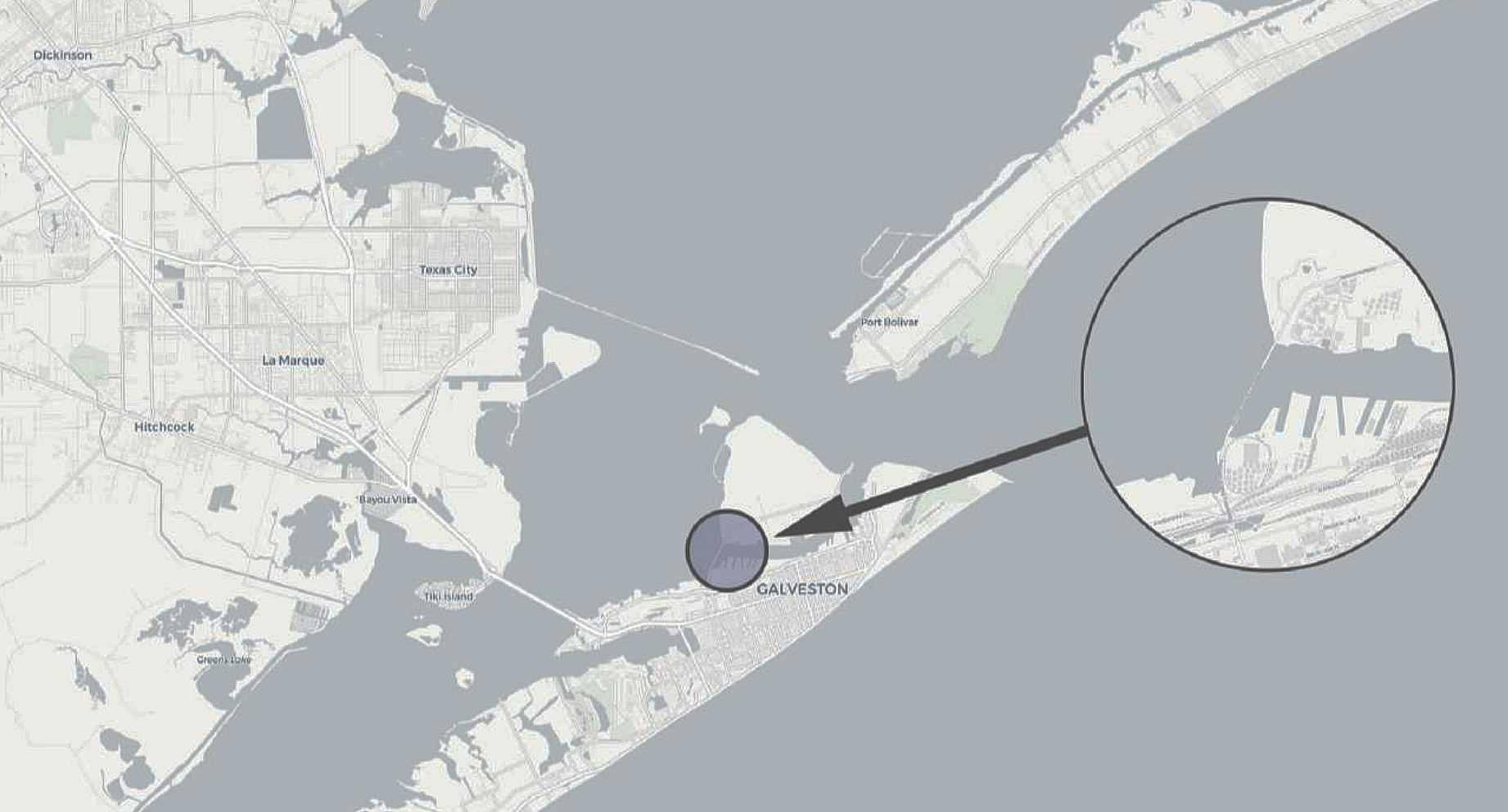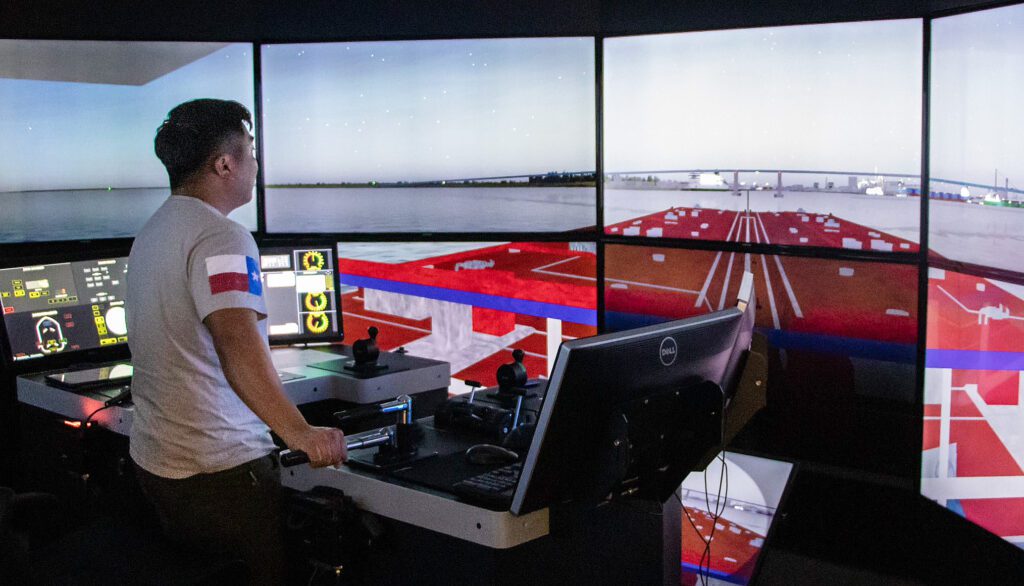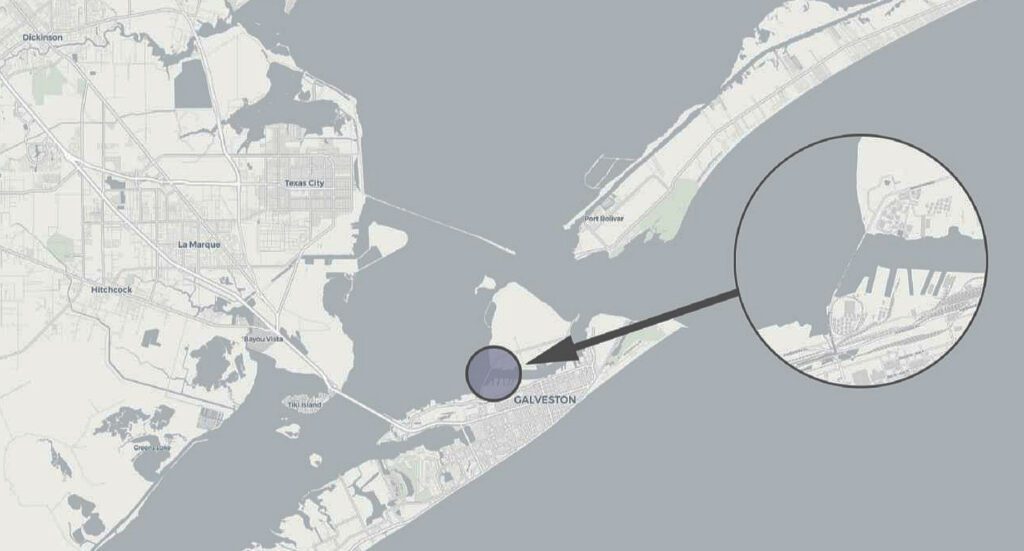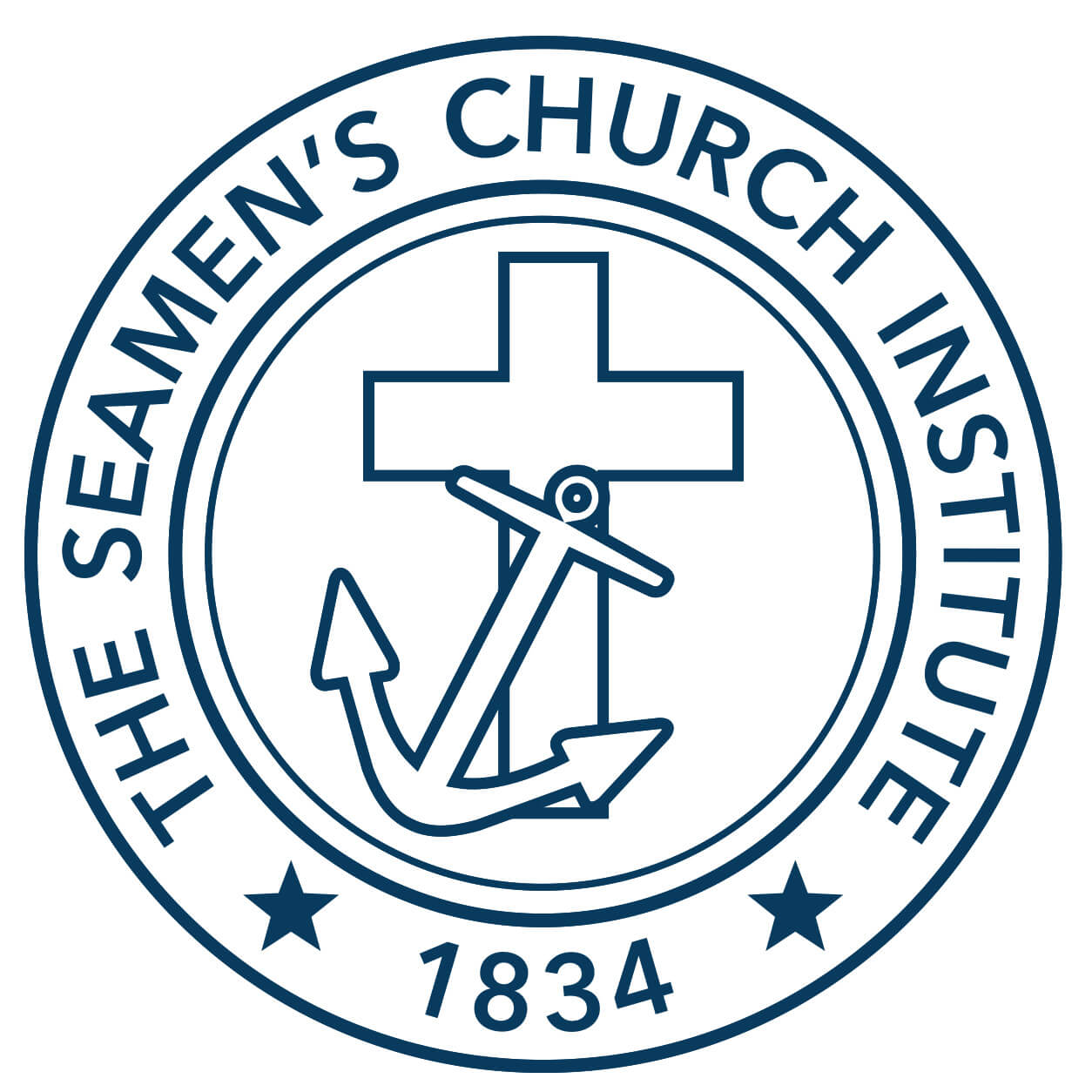Bridge Building and the Center for Maritime Education: Considering the Impact of Feasibility Studies




by Evan Brown
Director, Communications
From Spring 2023 Lookout Magazine


“I remember doing a study one time, back in 2015 I believe, and things just weren’t going right. Every run was a failure. Every run was unsuccessful, unsafe, stressful, and difficult. The guys kept hitting the bridge piers; every run was a bridge strike.”
When SCI’s Center for Maritime Education Director, Capt. Stephen Polk, recalls a particular feasibility study—where they used our simulators to assist in gathering data to help an engineering firm design the U.S. 60 Bridge spanning the Cumberland River near Smithland, Kentucky—he remembers the days of stress and anxiety he felt, as no run they tried brought successful results. “On the last day,” he recalled, “we had the chief project engineer in, we showed him all the failed runs with all the variables, and he was smiling. I asked, ‘how can you be happy about this?’ And he replied, ‘Because, Stephen, after three days, I know exactly what kind of bridge I need to build.’” As it turns out, the bridge piers needed to be built on land, not in the river, which was how the plans were originally drawn up. This allowed for a larger and safer opening for towboats and their barges through a particularly narrow part of the Cumberland River.
“We account for every variable they ask for, and some they didn’t even consider, and we start making the runs on the simulators.”
CAPT. STEPHEN POLK — Dir. Center for Maritime Education
The concept of a maritime feasibility study seems simple enough, but it has an expansive range that may not be readily recognizable for most. Maritime feasibility studies determine the viability and potential of a project, such as bridges, docks, or dredging. But the breadth of considerations before anything can be designed and built is significant: costeffectiveness, risk-reduction, informed decision-making, stakeholder and investor engagement, environmental considerations, and numerous regulatory compliances are among the many factors that must go into any maritime infrastructure project. Helping to manage some of those variables and gather important data is where CME’s feasibility study expertise comes in.
“When a company comes to us with a project,” Stephen notes, “we ask for the objectives and specifications, to a T, and we build that into our database. We account for every variable they ask for, and some they didn’t even consider, and we start making the runs on the simulators.”
Of course, it’s not as simple as that. Take, for example, CME’s most recently completed project, the bridge replacement for the Pelican Island Causeway in Galveston, Texas. When the Texas Department of Transportation and Michael Baker International Engineering Firm approached SCI to assist in providing data for a new span, CME began working on two distinct levels: gathering the data to create the simulations— which includes, among other variables, geographic measurements, bathymetry, tide and current dynamics, weather possibilities, vessel types including tug and barges, tows expected to transit the area, and bridge specifications from the designers—and also gathering a team of experienced mariners to run the simulations once they are ready to test.


Mariner feed back is critical, says Stephen. “We brought in mariners from Kirby Inland Marine, Ingram Marine Group, David Foret from Action Group who serves as Chair of the Navigation Subcommittee for the Houston area Lonestar Safety Committee, and Ryan Marine Services, who operate specifically out of Galveston and know the water there better than anyone.”
Stephen points out that while SCI strives to account for every variable imaginable, often the mariners themselves will point to additional factors that hadn’t been considered.
For Pelican Island, CME and the team of mariners ran simulations at various bridge openings (space where boats and barges can pass underneath) and bridge pier alignments. When the data is collected, Stephen, as director, personally reviews the data and writes up his summary observations and recommendations for the clients. “Companies and investors in the infrastructure will better understand the operational factors and whether their design assumptions will hold up. And for our part, from the mariner and maritime considerations, we aim to deliver those assurances.”
“So, for bridge studies like this, and this one was fairly straightforward, we may run over a hundred simulations,” Stephen continued, “and in the end, the simulator data and feedback provided by mariners set you free because the people constructing the bridge will get the information they need to make it better for the users of the bridge, and the stakeholders will get the information they need—and all this before the project even starts. So, TXDOT gets a good bridge, boat operators get a good bridge, engineering companies can move on to the next project—it’s really a win-win all the way around.”
